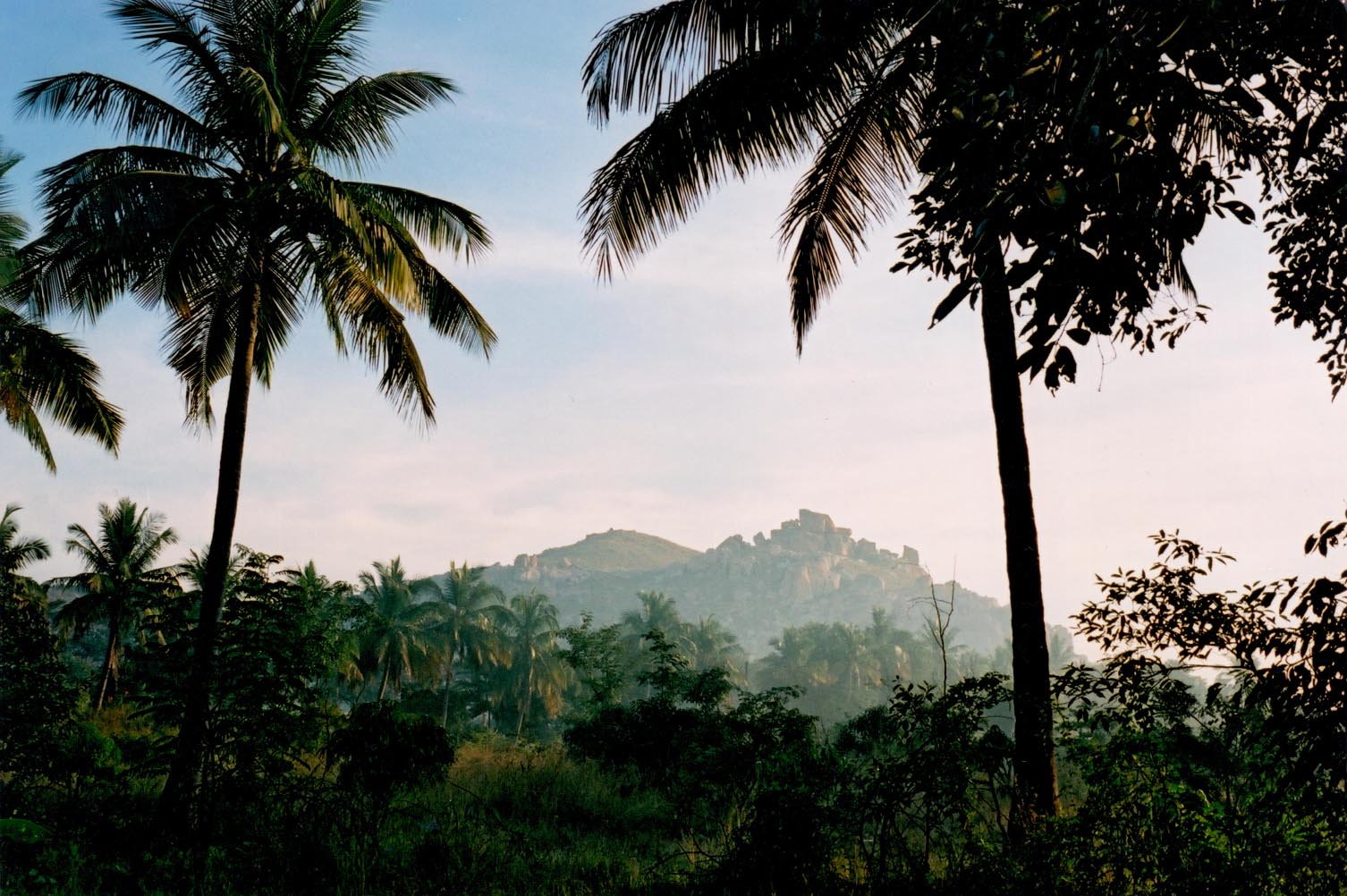Except from The Newsletter 2018
We are part of nature. If we lose contact with nature we lose contact with ourselves and the rest of humanity. We have heard this in many forms from K. And all of our schools – as well as CFL, Shibumi, Gurukula Botanical Sanctuary, Sholai School and others – feel this too. K was also very emphatic in saying that we learn more from observation than from books. The following is from the CFL Newsletter 2017. It’s about how groups of students were immersed in nature through spending time with a tree. They even spent the night in the trees. It must be amazing to see the stars rise and set among the branches. It’s such a beautiful and inviting idea, that maybe some of you might be inspired to experiment with it.
In our last newsletter, we wrote about the importance of cultivating a familiarity with, as well as a love for, nature in our community of students and adults. We feel this is important both from the point of view of the daily experience of the individual as well as from a global environmental perspective. Last year, our mela was on the theme of trees; specifically, we called it The story of a tree. We wanted to become intimately familiar with one particular tree on campus and its surroundings. We did this by spending many hours in a particular habitat in school – almost a hundred hours over two terms! The juniors were clustered around a Pongamia pinnata (honge), the middle schoolers were observing a Ficus benghalensis (banyan), the high school students studied an Acacia leucophloea and the seniors studied an Albizia odoratissima.
We learnt to be quiet and still around our particular tree, to observe it and all the creatures around it and on it, to become friendly with the space. We climbed our particular tree often. We built tree platforms (machaans) and spent nights on them feeling like we were aboard leafy ships on windblown seas. To see the moon and stars rise and set among the branches was a profound experience. We studied barks, lichen, creepers, ants, birds, soil composition, colourscapes and soundscapes. We produced sketches and artwork and puppet forms inspired by the life around us. We constructed walkways and hammocks in the branches. In some subtle ways, our minds were changed by this hundred-hour encounter. For that space of time, our habitual world – saturated by social dynamics and the media – retreated just a bit, and a leafy consciousness, a bird-and-insect-consciousness, became possible

It was not always comfortable going, of course. Heat and sunlight, insect bites, uncomfortable seating spaces: given our predominantly indoor-oriented lives, these were significant challenges, particularly for the young. But these discomforts became a part of our learning as well. We did not expect, and did not get, endless entertainment. Rather, we aimed for an understanding that was more real, grounded, and hopefully we all got a taste of it.
On the mela day, we invited the parents of the school to walk around our specific trees and groves, while the students presented their understanding of the theme in a variety of ways: interactive sessions, talks, plays and artwork. It was a very different kind of mela day, quiet and introspective and yet full of feeling and colour.
The story of a tree was ultimately an experiment in attention. We learnt to wonder about how to pay attention to a tree in all its glorious complexity. In the process, we also inevitably began observing, again, our inner worlds of enjoyment and resistance, in all their glorious complexity. This is really the heart of our educational venture.